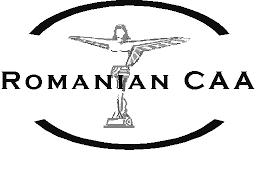The European Union Aviation Safety Agency (EASA) and the European Center for Disease Prevention and Control (ECDC) have issued a joint protocol defining measures to ensure the safety of the health of air passengers and aeronautical personnel once airlines resume regular flight schedules. following severe disturbances caused by COVID -19.
The guidelines attach essential importance to the safety of health at every stage of the passenger journey. Recognizing that airports, airlines and aircraft are different, a pragmatic approach to implementation is needed - highlighting and providing guidance on how individual locations and situations can be better designed to meet new health safety standards. .
Some general principles apply throughout the journey: maintaining physical distance whenever possible, wearing a medical mask to protect other passengers, and scrupulous and frequent practice of hand hygiene. Air passengers and the general population need to be sure that the filtered air in airplanes is safer and cleaner than what many of us breathe on the ground.
For aircraft and airport operators, significant changes will be needed in their processes. The protocol states: “Aircraft operators and airport operators should cooperate to ensure that physical distance is observed wherever possible, especially during check-in, security check, pre-boarding and boarding. Where the recommended physical distance of 1.5 meters is not possible due to infrastructure or operational constraints, aircraft operators and airport operators should implement additional risk mitigation measures, such as hand hygiene, respiratory etiquette, additional transport. , etc. ".
Inside the aircraft, the guidelines offer some flexibility due to the limited space, but it is clear that wherever possible, passengers should be physically separated: "In addition to other health and hygiene measures to be observed at all times, where permitted load, cabin configuration and mass and balance requirements, aircraft operators should ensure, as far as possible, physical distance between passengers. ".
These recommended measures will be evaluated and updated regularly, in line with changes in the knowledge of the risk of transmission, as well as with the development of other diagnostic or preventive measures (including technological) and the evolution of the pandemic.
